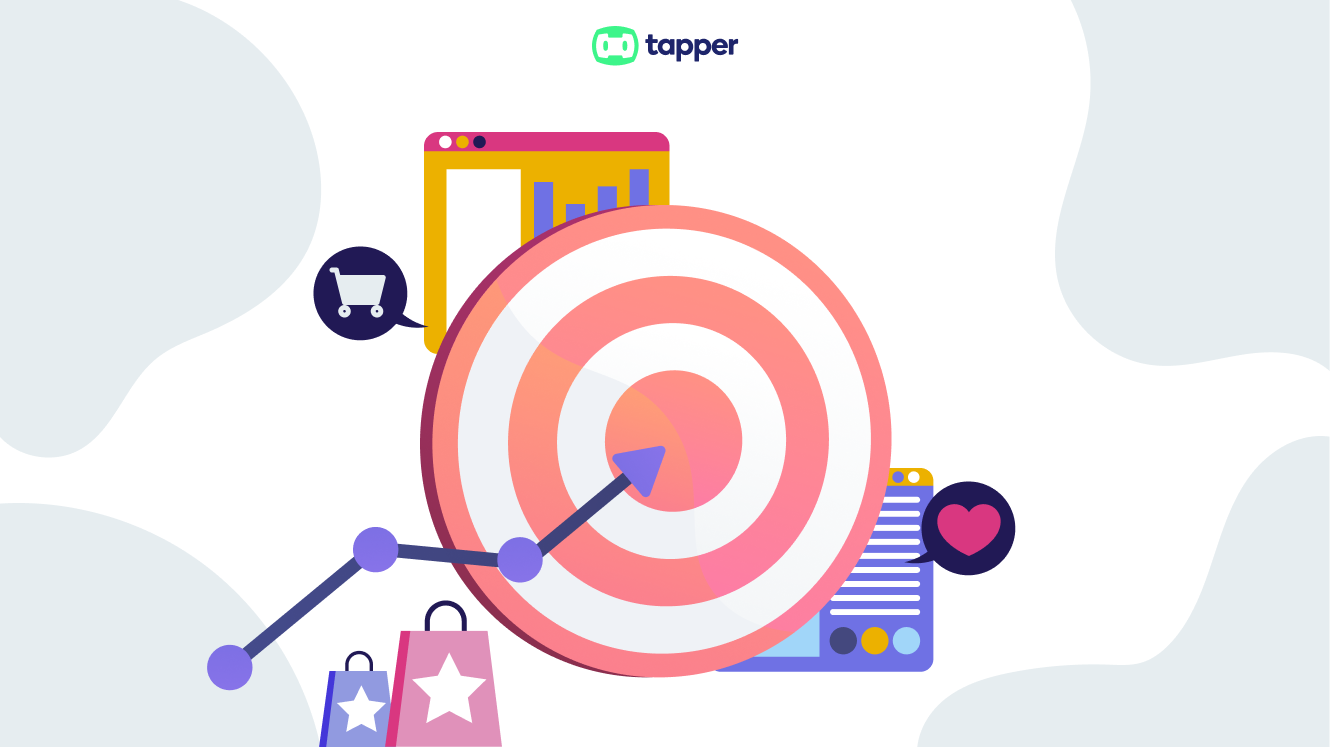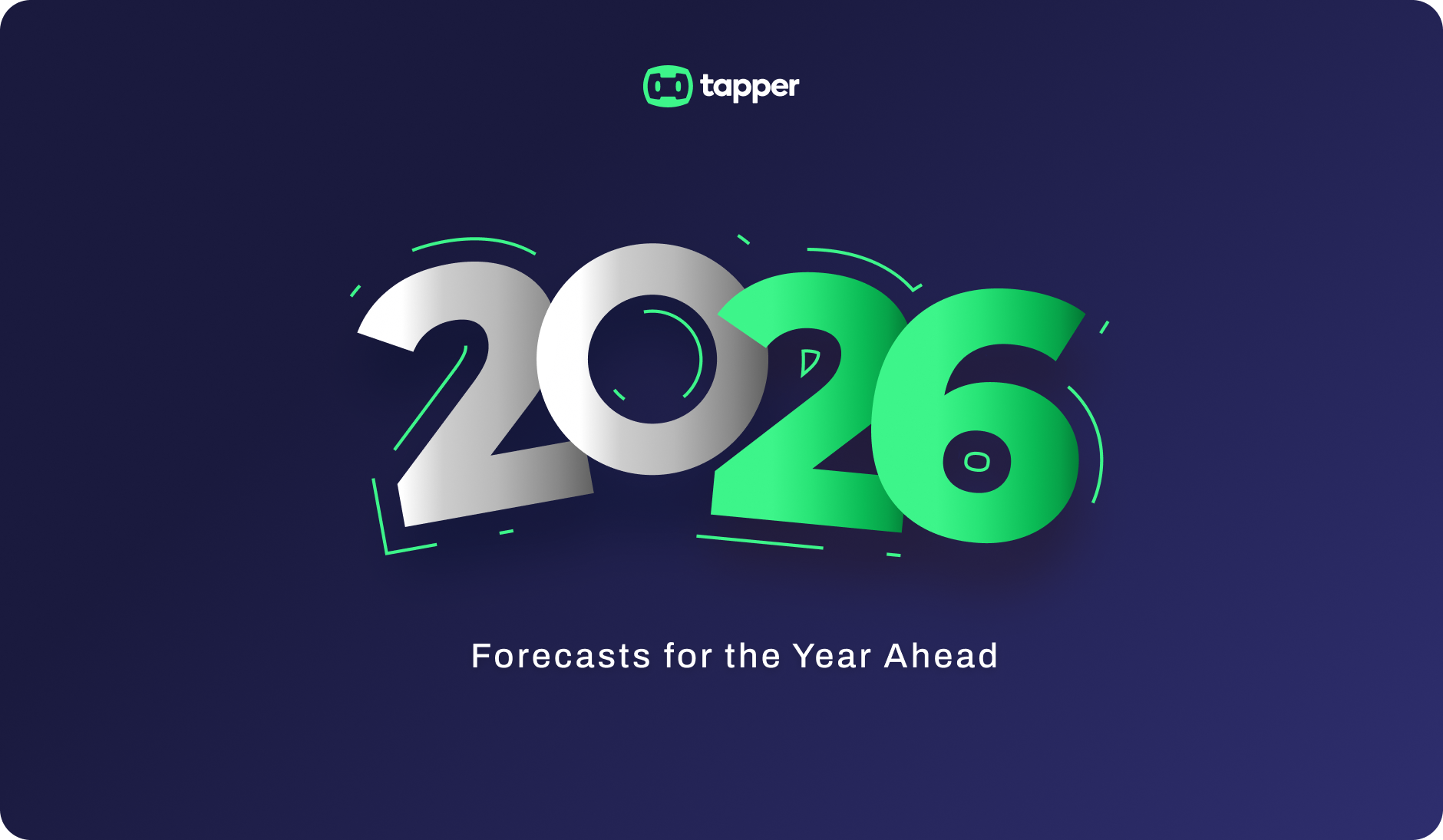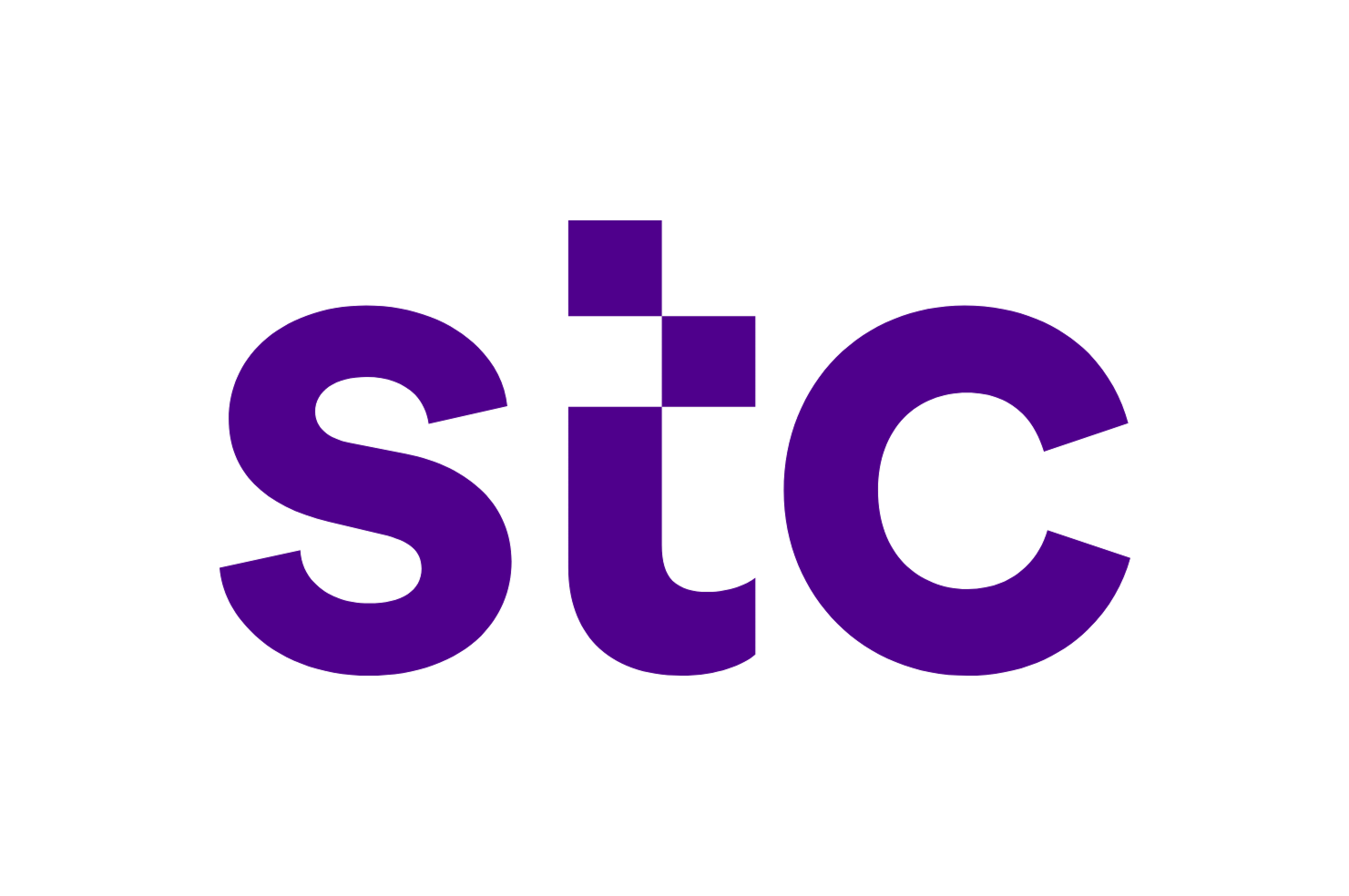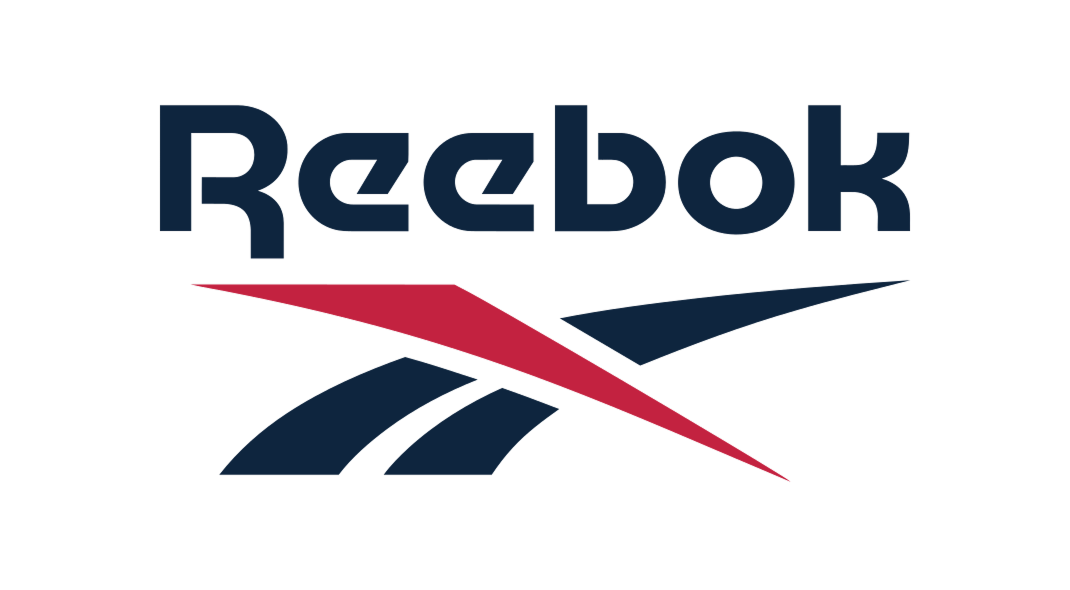Don’t Fall Victim: How to Detect Bot Attack on Your Website
.png)
Businesses are right to be concerned about bots attacking their websites. Our research shows a whopping 40% of online traffic comes from bots!
But hold on – not all bots are bad. Some, like search engine crawlers and helpful chatbots, actually make things easier. Crawlers help people find information faster, while chatbots offer customer support and improve user experience.
The real trouble comes from bad bots. These automated programs can steal data, mess with pricing, and even create fake reviews. They hurt your website and your bottom line.
While some are helpful, bad bots pose a serious threat. These automated programs can target your website, apps, servers, or ads, overwhelming them with fake traffic.
This blog post focuses on the malicious bots that can attack your website. We'll uncover how they work, the damage they cause, how to spot them early, and most importantly, how to protect yourself from them. Let's dive in!
How Bad Bots Attack Your Website
Understanding how malicious bots work helps you spot them early. Here's the basic game plan:
- Finding weak spots: These bots scan websites for outdated software or security issues, looking for easy targets.
- Infection time: They might use phishing emails, bad links, or sneaky downloads to infect your website.
- Taking control: Once in, they establish a "command center" to control the bots remotely.
- The attack: Now in charge, the bots launch their attack on your website, flooding it with fake traffic.

Not All Bot Attacks Are Created Equal
Bad bots come in many flavors, each with a different dirty trick up their sleeve. Here's the rundown of the most common website attacks:
- Denial-of-Service (DoS): A swarm of fake traffic overwhelms your website, crashing it for real users.
- Distributed Denial-of-Service (DDoS): Even worse than DoS, this attack uses bots from multiple locations to deliver a super-powerful website crash.
- Web scraping: Bots steal valuable data from your website, like product prices or customer info.
- Credential stuffing: Bots try to log in to accounts using stolen passwords, hoping to gain access.
- Brute force attacks: Bots guess passwords repeatedly until they crack one and gain access.
- Form spam: Fake bots fill out your forms with junk data, wasting your time and resources.
- Account takeover (ATO): Bots try to hijack user accounts, potentially causing major damage.
- Price scraping: Bots steal your product pricing and info, giving your competitors an unfair edge.
- SEO spam: Bots manipulate search rankings by creating fake backlinks or boosting website clicks (illegitimately).
Why Block Bots? They're Skewing Your Data!
Malicious bots are a growing problem. In 2022, a whopping 30.2% of all web traffic was fake bot traffic – that's a 2.5% increase from the year before!
So why should you care? Here's the big issue:
- Fake traffic = Fake Data: If you don't block these bots, their fake visits skew your website analytics.
- Wasted effort: You might think your marketing is working because of high traffic numbers (from bots!), leading you to waste time and resources on irrelevant data.
Basically, bots mess up your website's performance picture. You need to block them to get a clear understanding of what's really happening.

Don't Let Bots Ruin Your Website and business!
Fake bot traffic isn't just about messed up data (though that's bad enough!). It can seriously hurt your business:
- Data breaches: Bots can exploit weaknesses and steal sensitive information.
- Website crashes: Too many bots can overwhelm your site, causing downtime and frustrating real users.
- SEO woes: Bots mess with your search rankings by messing with your traffic.
- Bad decisions: Fake data from bots leads to bad decisions about your website and marketing.
- Content theft: Bots can steal your content, impacting your SEO and brand.
- Security risks: Bots can be a security nightmare, leading to breaches and stolen accounts.
- Slow loading & Frustration: Real users suffer from slow loading times caused by bots.
- Brand damage: A compromised website hurts your reputation and trust with customers.
- Wasted time & money: Marketing teams waste resources analyzing fake data from bots.
- Lost revenue: Ad fraud from bots and a bad user experience lead to lost sales.
- Legal issues: Depending on the bot traffic, you could face legal and compliance problems.
How to Spot Sneaky Bots on Your Website
Catching bots early is crucial! Here's how to identify them before they cause trouble:
- Traffic spikes: Bots often attack in bursts, causing sudden spikes in website traffic.
- Quick visits & Bounces: Bots don't act like real people. They might visit one page and leave quickly, leading to high bounce rates and low average time spent on your site.
- Strange browsing: Bots might visit pages in a weird order or ones that normal users wouldn't access. They might also revisit the same page repeatedly.
- Login attempts Galore: A sudden surge in failed login attempts could be a bot using brute-force attacks to crack passwords.
- Form spam: Do you see a rise in nonsensical form submissions with gibberish info? Bots might be behind it.
- Server overload: A large number of bots can overwhelm your server, causing slowdowns or even crashes.
Don't Wait to Fight Back! Once you see these signs, take action:
- Monitor your analytics: Keep a close eye on website traffic and use analytics tools to spot suspicious activity.
- Find your weak spots: Identify any vulnerabilities that bots might exploit and fix them to tighten your website's security.
- Protect your valuables: Know your most critical website assets and prioritize protecting them during an attack.
- Have a plan: Create an incident response plan to deal with bot attacks quickly and minimize damage.
- Regular security checks: Schedule regular security audits and penetration tests to identify and address security issues.
- Educate your team: Train your team to recognize and report suspicious activity related to bot attacks.
- Recovery plan: Develop a recovery plan to get your website back online quickly in case of an attack.
.png)
Stop Bots in Their Tracks with Tapper
The best way to stop bots? Use advanced bot detection and mitigation tools like Tapper. These tools do the hard work for you, using fancy techniques to identify and block bad bots before they can harm your website.
Tapper is a comprehensive solution that combines various methods to keep your website safe. It protects your forms, user accounts, content, and valuable information from sneaky bots.

Get a free Tapper trial
Run a 30-day Tapper trial to set your baseline CPA, block invalid traffic in real time, and receive a final report comparing your CPA before and after protection, showing exactly how much budget you recovered.










